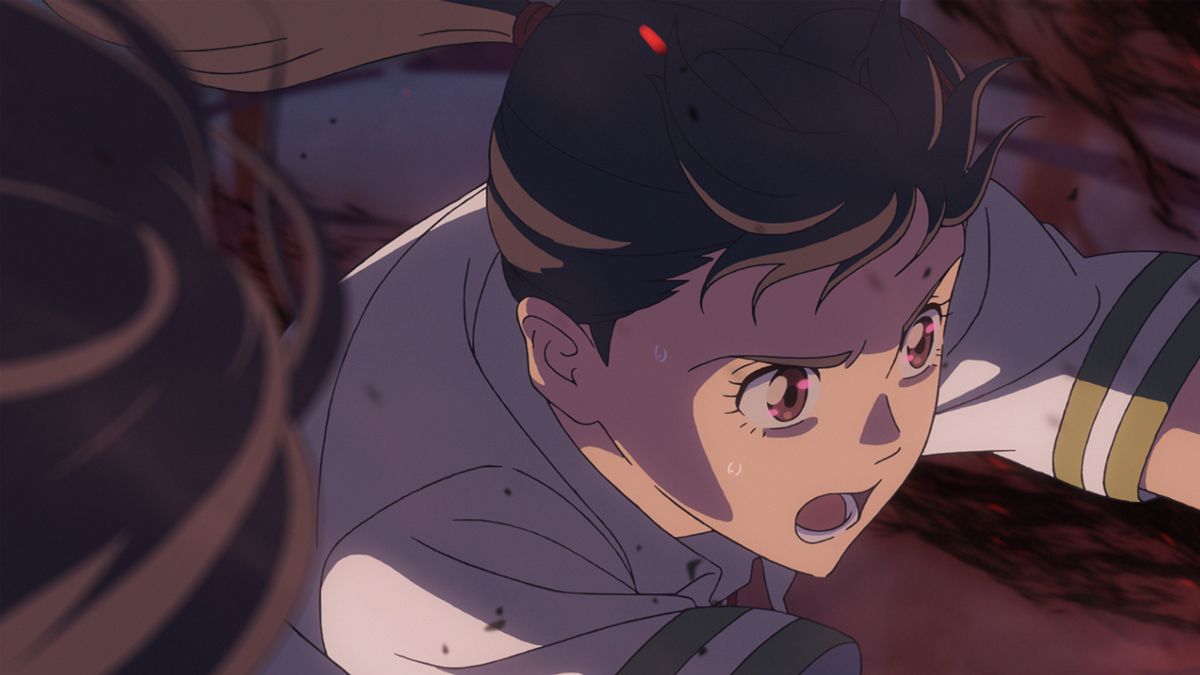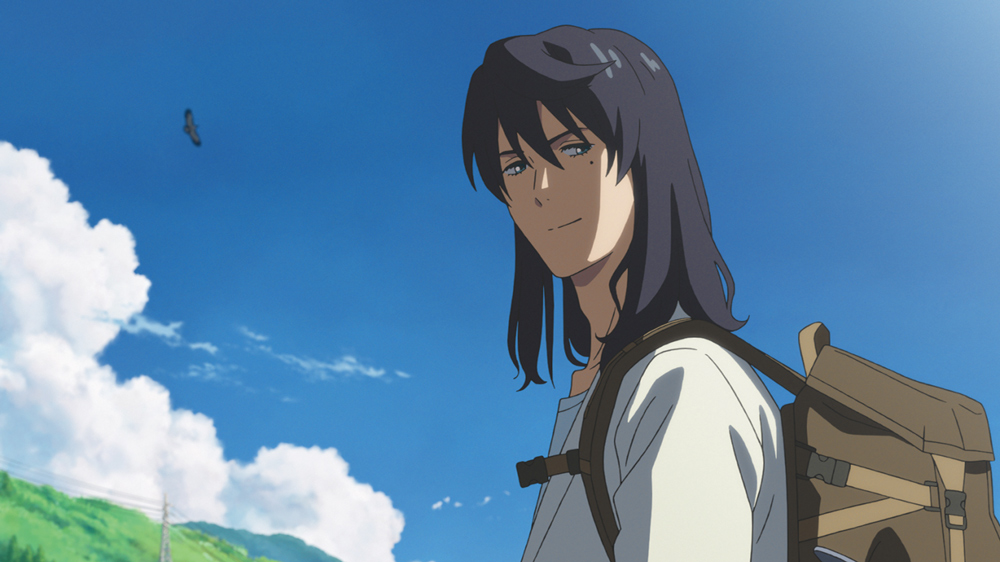
(C) 2022 “Suzume” Production Committee
"The Suzume" Makoto Shinkai depicts the confrontation with disaster and the recovery of the heart
2022.11.11
A story about facing the “earthquake” head-on
Especially since the Great East Japan Earthquake, the number of works with the theme of earthquakes has increased. Even in " Your Name, " which was released in 2016, five years after 3/11, the depiction of a "direct hit by a comet" may have had/evoked the earthquake in mind when depicting the scene in which a town is destroyed, or in the way the viewers feel about it.
And in "Suzume," descriptions of earthquakes and emergency earthquake warning sounds appear frequently, as warned by the film's official Twitter account.
A 12-minute opening scene from the film was released ahead of the release (currently available on various video streaming services such as U-NEXT), so many people may already know this information, but when the earthworms appear, an emergency earthquake alert sounds on people's smartphones. Although it is different from the actual alarm sound, the fear of hearing this sound from the screen is still psychological. This production using "sound" that people living in this country probably have in the back of their minds and wish would not sound -- this can be said to be a new methodology for Director Shinkai, who has consciously incorporated Japanese sensibilities into his stories. The fear of earthquakes remains the same as long as you live in this country, whether in the past or now. This is a strong reminder of that, and at the same time, it makes sense that the theme of this film is "a story of mourning a place."

“The Suzume” (C) 2022 “The Suzume” Production Committee
Depicting an earthquake head-on is, of course, also about confronting the disaster. This awareness is clear from the beginning, and in the scene where Suzume, as a child, wanders through ruins searching for her mother, a ship is depicted stranded on top of a building. When you see this scene, whether you like it or not, the Great East Japan Earthquake will inevitably come back to you.
After a scene that could be seen as an expression of the creator's declaration to "portray the earthquake disaster," the story depicts Suzume's daily life in the present, but while everyone around her speaks in a dialect, she is the only one who does not speak with an accent, and she calls the person she lives with "Tamaki-san," hinting at the loss of her parents (later, in a conversation with a classmate, it is revealed that Tamaki is her aunt). After that, she meets Sota and cooperates with the activities of the Hekishi to "stop earthquakes" all over Japan. From the beginning to the end, the story unfolds around the theme of the earthquake disaster.
Suzume, a disaster victim, views life and death

